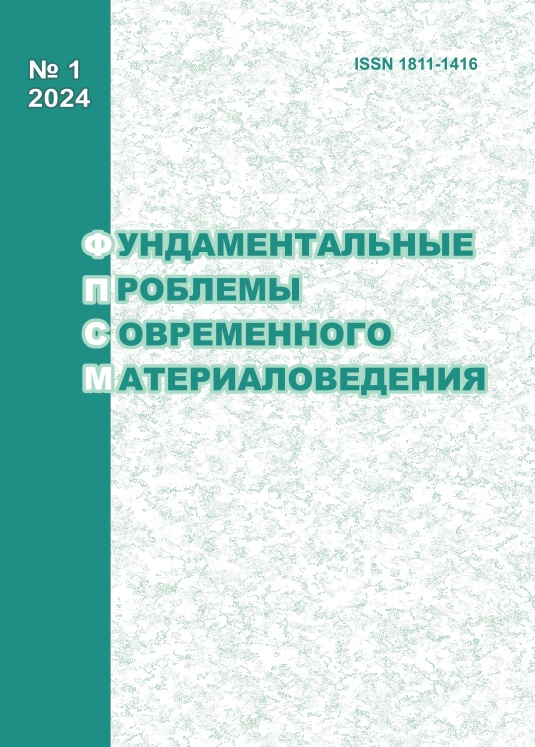ASSESSMENT OF THE INFLUENCE OF HEAT TREATMENT MODES USING NEGATIVE TEMPERATURES ON THE MECHANICAL PROPERTIES OF ShKh15 STEEL. PART I: THE INFLUENCE OF HEAT TREATMENT MODES ON HARDNESS, STRENGTH AND TOUGHNESS
10.25712/ASTU.1811-1416.2024.01.010
Keywords:
structural bearing steel ShKh15, heat treatment, microstructure, tensile strength, impact strength, hardness, austenite, martensiteAbstract
The presence of retained austenite after hardening of ShKh15 structural bearing steel often leads to lower hardness and toughness, which is undesirable in the manufacture of precision parts. In this work, the relationship between structural changes caused by different heat treatment modes and the mechanical properties of ShKh15 steel, including the use of treatment at negative temperatures as a continuation of hardening, has been established. The effect of tempering at temperatures of 170 °C and 260 °C, coupled with cold treatment at -60 °C and cryogenic treatment in liquid nitrogen at -196 °C, on the mechanical properties of hardened steel ShKh15 was studied. Increasing the tempering temperature of steel to 260 °C leads to a decrease in all indicators of mechanical and operational properties (σв, КС and HRC). The cold treatment and cryogenic treatment contribute to an increase in the proportion of martensite, accompanied by a decrease in retained austenite, which causes an increase in hardness. The most optimal set of mechanical, and therefore operational properties, will have ShKh15 steel subjected to hardening at a temperature of 845 °C, cold treatment at -60 °C and subsequent tempering at 170 °C.











 Journal «Fundamental’nye problemy sovremennogo materialovedenia / Basic Problems of Material Science»
Journal «Fundamental’nye problemy sovremennogo materialovedenia / Basic Problems of Material Science» This work is licensed under a
This work is licensed under a 
